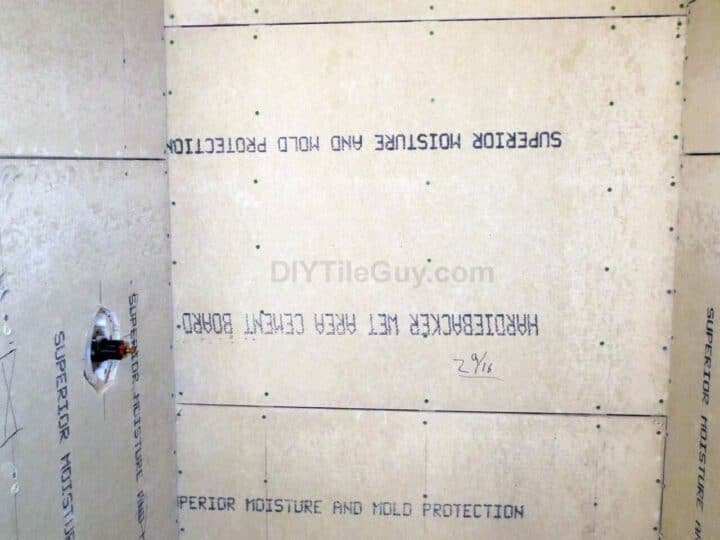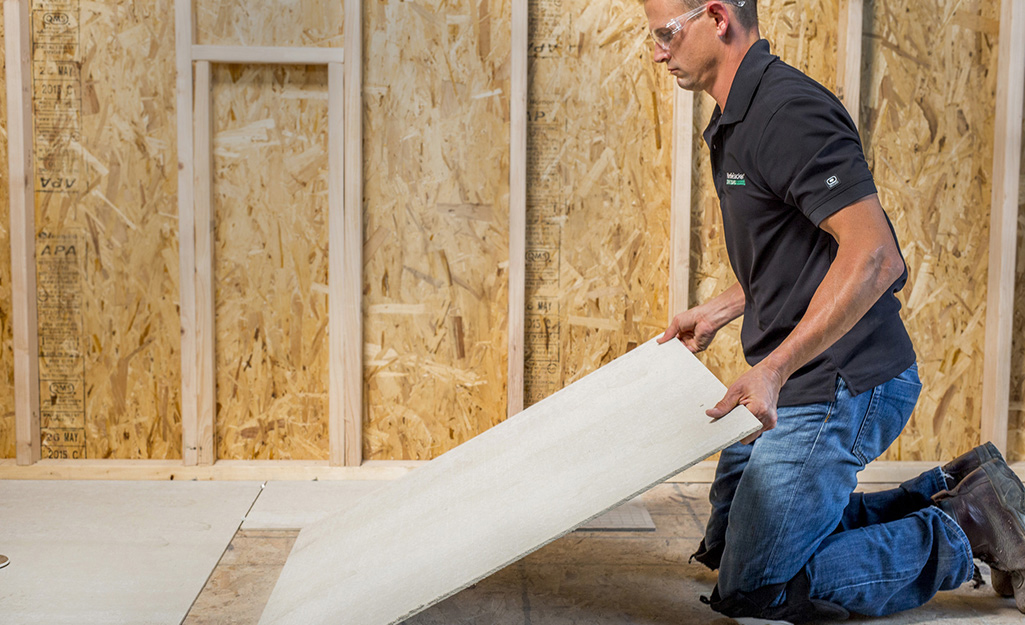

Use the type of thinset mortar specified for your particular tile. For walls or ceilings that are going to be tiled, such as in a bathroom or laundry room, use a backer board with a thickness of half an inch or of an inch. Thinset bonds best with a porous surface, such as new drywall or backerboard, which needs no preparation, but you can apply it over painted walls or tiles that are flat and in good condition as long as the shiny finish is removed. When used as whole panels, EdgeGuard prevents. The thing we love about Durock® is its trademark EdgeGuard. The downside to this is it is more challenging to cut and score with the absence of grid lines. It also comes in various lengths, which allows for natural-looking offset seams. The fiberglass mesh reinforcement in Durock® backer boards allows it to last longer in specific conditions than Hardie® Backer Boards. The stone veneer stacks tightly so you can't see the surface underneath. Proper installation of Hardie board follows a basic procedure that ensures a secure, stable surface to support the tile. The boards can be easily scored and snapped and necessary cuts implemented. Stud centres should be at maximum installationn and all corners blocked with adequate timber. Regular stone requires backer board, but you can apply stone veneer directly to most surfaces, including drywall, concrete or brick. Hardie board is installed over a plywood or OSB base for floors, counter tops or any horizontal surface and applied to vertical wall framing over water-resistant drywall. Both 6mm and 12mm HardieBacker cement boards can be used on masonry walls whenever you are dealing with a confined space. Step 5: COVER JOINTS WITH FIBERGLASS TAPE.īeside this, can you put stacked stone on drywall?.Step 3: SECURE BACKERBOARD WITH SCREWS.

INSTALLING HARDIBACKER BOARD ON WALLS INSTALL
The backer boards are usually around a one-half-inch thick in both cases.įurthermore, how do you install backer board? backer board Wall Thickness For most shower walls, the drywall installed in the home during the building phase is cut off at the edge of the shower opening, and then backer board is installed in place of the drywall in the wet areas. Simply so, how do you attach cement board to drywall? Instead, first, remove the existing surface material, then install the cement board over the studs and membrane, as applicable. Because cement board can be used either for floors or walls, the surface below the cement board will vary: In such wet areas, never install cement board directly over drywall or green board.


 0 kommentar(er)
0 kommentar(er)
